Top Tips for Optimizing Website Speed and Load Time

Introduction: In today’s fast-paced digital world, the speed and performance of a website play a crucial role in attracting and retaining visitors. Slow-loading websites not only frustrate users but also negatively impact search engine rankings. Therefore, it’s essential to optimize your website for speed and load time. In this article, we will explore some effective strategies to help you enhance your website’s performance and provide a seamless user experience.

- Compress and Optimize Images: Images often constitute a significant portion of a web page’s size, causing slower load times. Optimize your images by compressing them without compromising quality. Use image editing tools or plugins to reduce file size and consider using modern image formats like WebP, which offer better compression without sacrificing image quality.
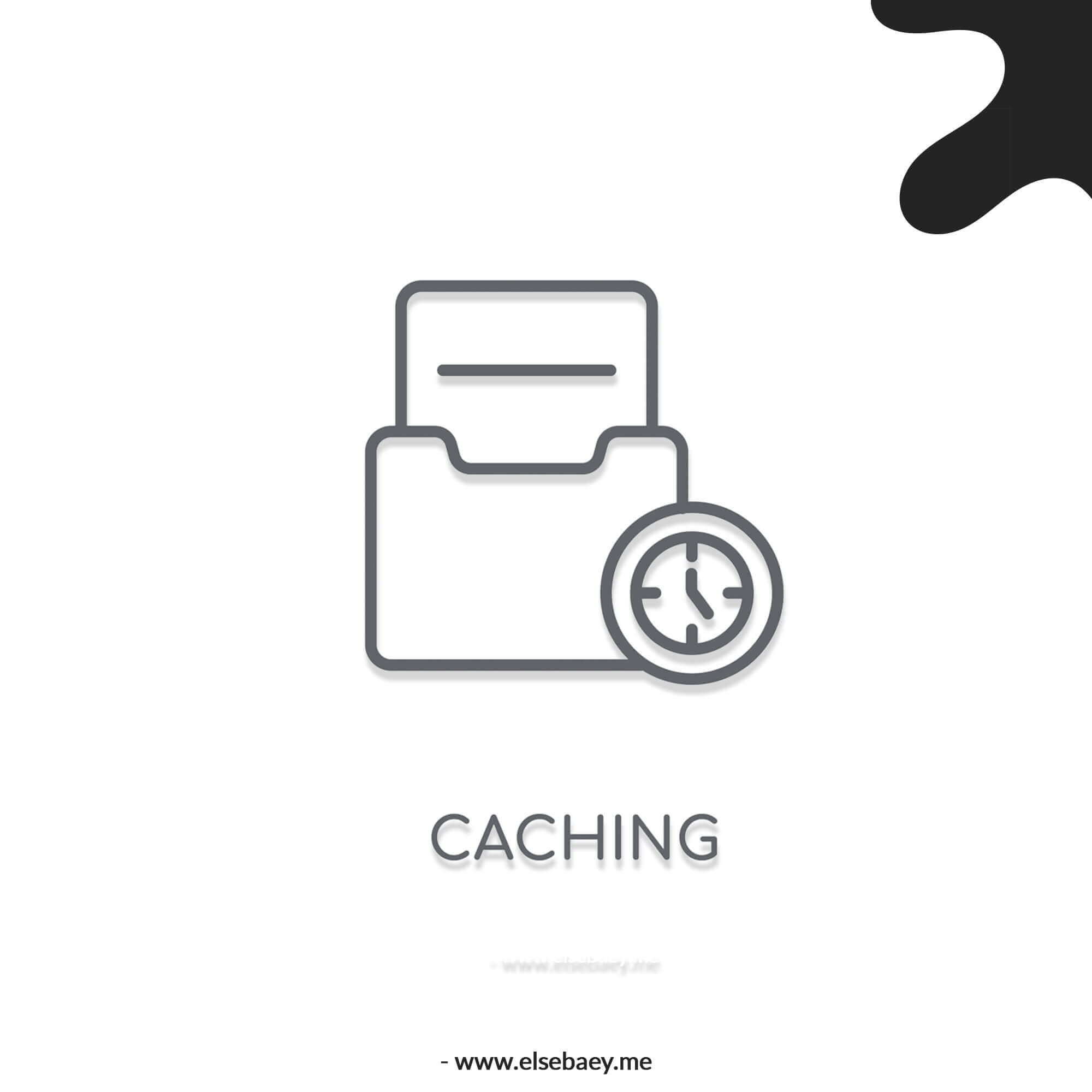
- Enable Browser Caching: Leverage browser caching to reduce load times for returning visitors. By instructing the user’s browser to cache certain static resources, such as images, CSS, and JavaScript files, you can enable faster page loads upon subsequent visits. Configure the appropriate cache headers to ensure efficient caching.

- Minify CSS and JavaScript Files: Minification involves removing unnecessary characters, spaces, and comments from CSS and JavaScript files. Smaller file sizes lead to quicker downloads, reducing load times. Utilize minification tools or plugins to automatically compress your code without affecting its functionality.
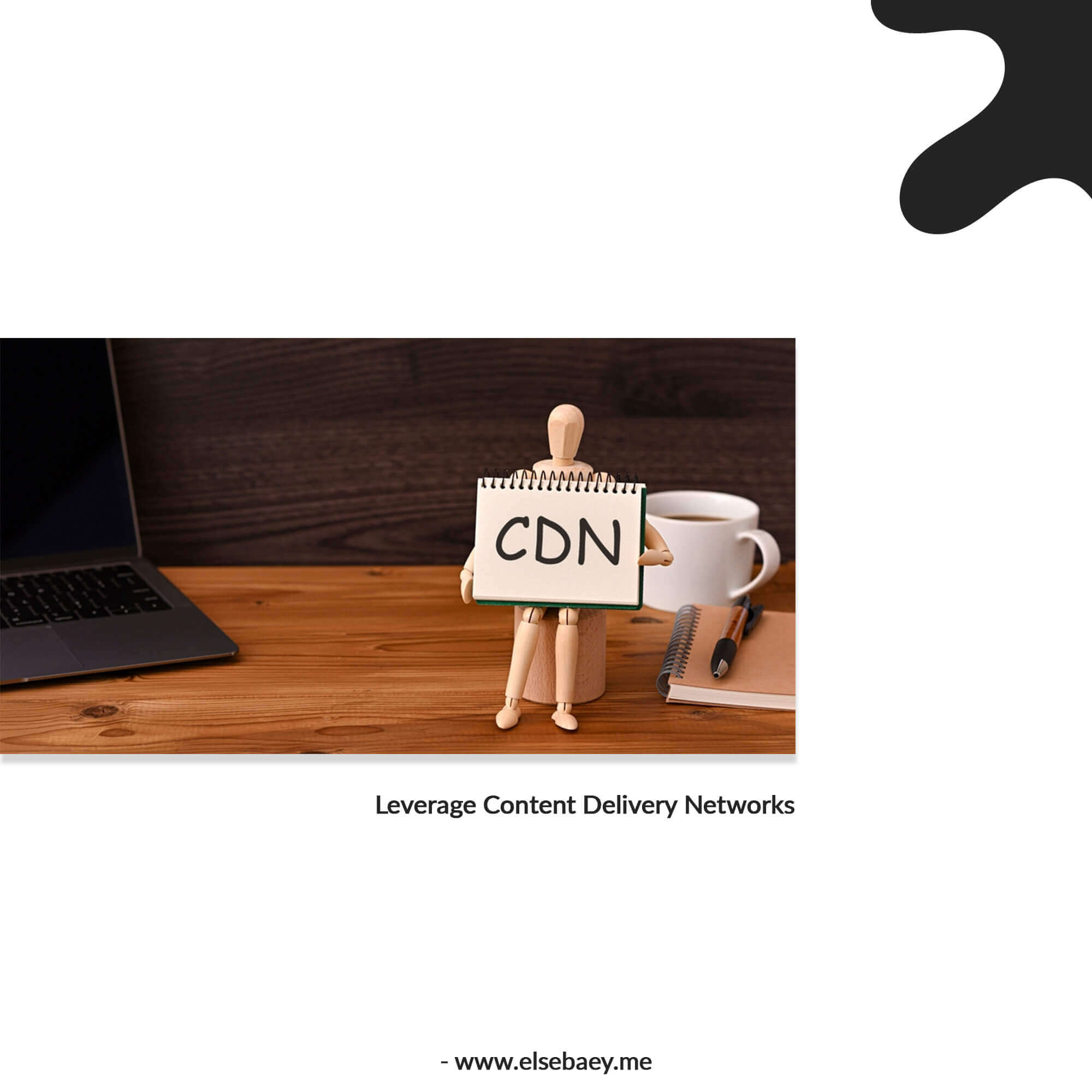
- Leverage Content Delivery Networks (CDNs): Content Delivery Networks distribute your website’s static files across multiple servers worldwide. When a user requests your content, the CDN serves it from the server closest to their location, reducing latency and improving load times. Implementing a CDN can significantly enhance your website’s performance, especially for international visitors.
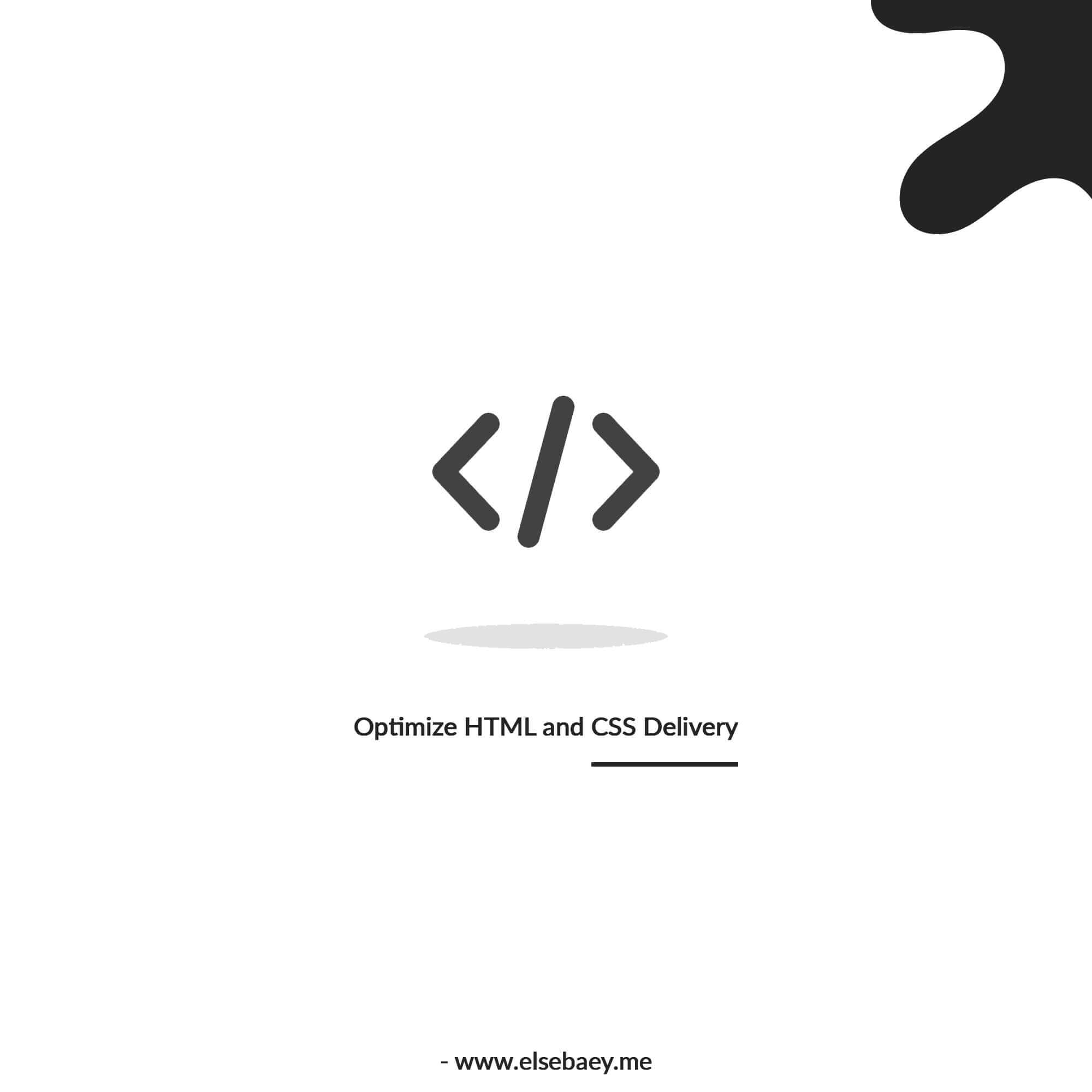
- Optimize HTML and CSS Delivery: Ensure that your HTML and CSS files are delivered in an optimized manner. Place CSS in external files and JavaScript just before the closing </body> tag to prevent render-blocking. Use asynchronous or deferred loading techniques for non-critical scripts, allowing the page to load without waiting for them.

- Remove Unnecessary Plugins and Scripts: Regularly review your website for unnecessary plugins and scripts that may slow down its performance. Deactivate or uninstall any plugins that you don’t need or replace them with lighter alternatives. Similarly, remove any unused scripts and streamline your website’s code to improve load times.
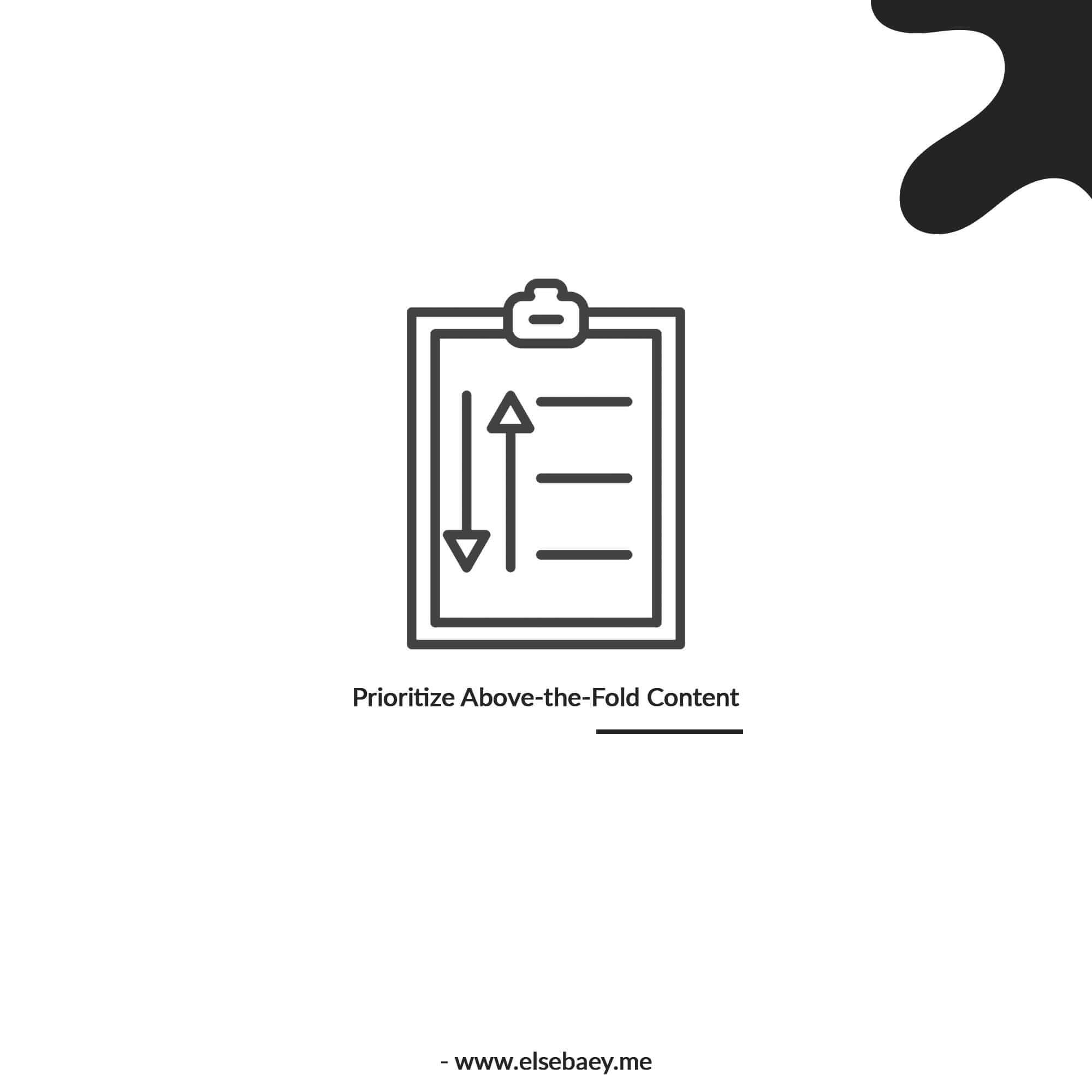
- Prioritize Above-the-Fold Content: Optimize the rendering of above-the-fold content, the portion of the webpage visible without scrolling, to provide users with a fast initial experience. Load critical CSS inline and defer non-critical scripts to ensure that the essential parts of your page appear quickly, engaging visitors from the moment they arrive.
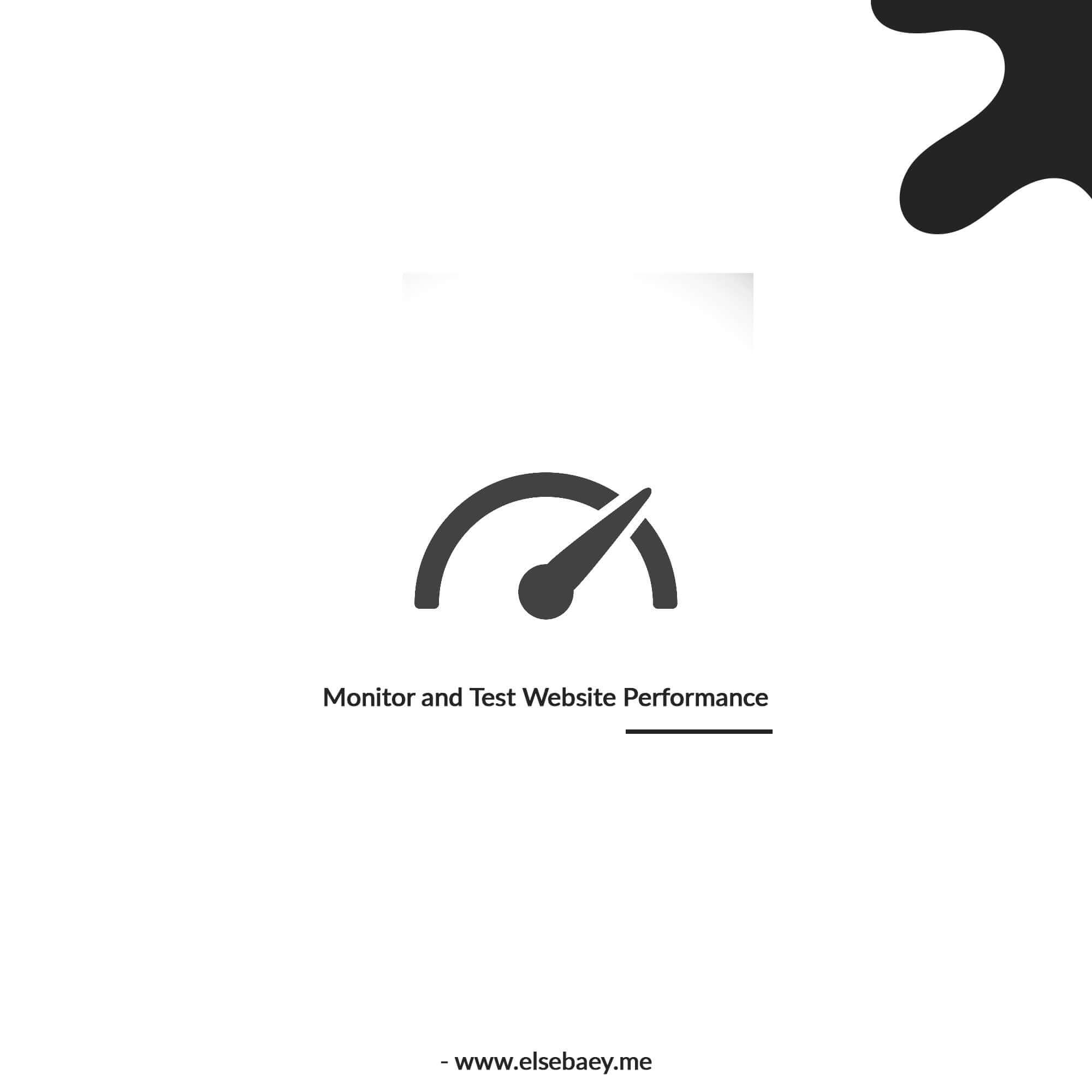
- Monitor and Test Website Performance: Regularly monitor your website’s performance using various tools like Google PageSpeed Insights, GTmetrix, or Pingdom. These tools provide valuable insights and suggestions for improving load times. Additionally, perform A/B testing to evaluate the impact of different optimizations on your website’s speed and user experience.
Conclusion: A fast-loading website is essential for retaining visitors, improving search engine rankings, and delivering a satisfactory user experience. By implementing these optimization techniques, such as compressing images, enabling browser caching, and minifying code, you can significantly enhance your website’s speed and load time. Remember to regularly monitor and test your website’s performance to identify further areas for improvement. Invest time in optimizing your website’s speed, and you’ll reap the benefits of increased user satisfaction and improved online visibility.